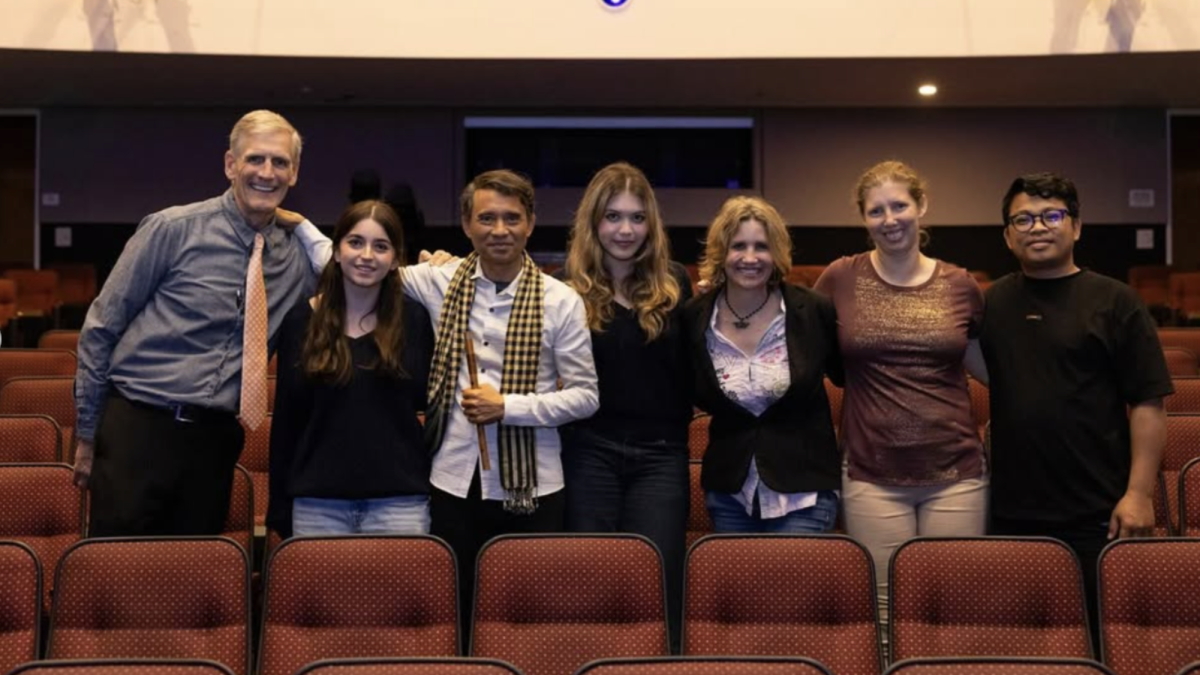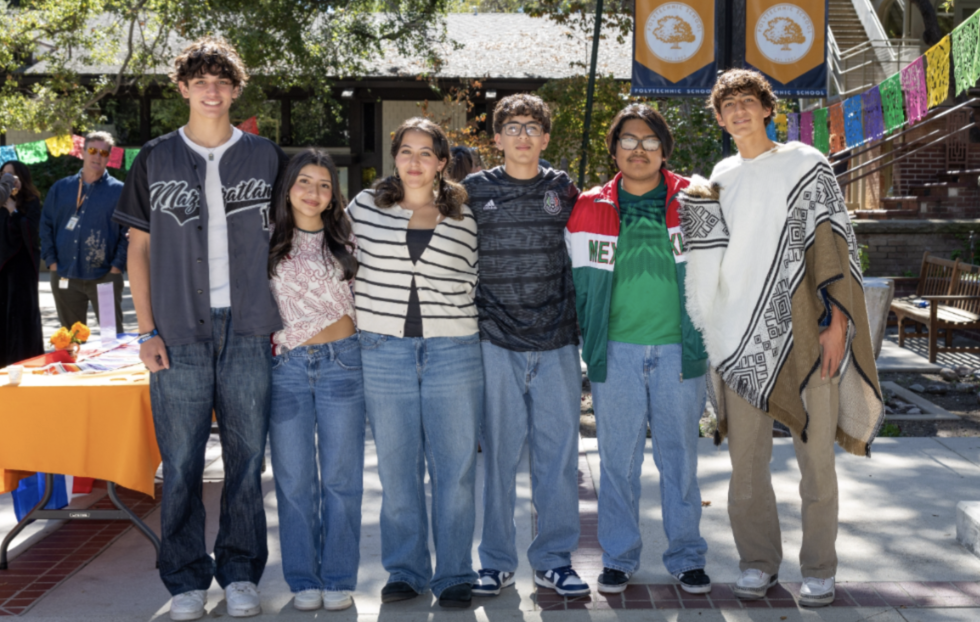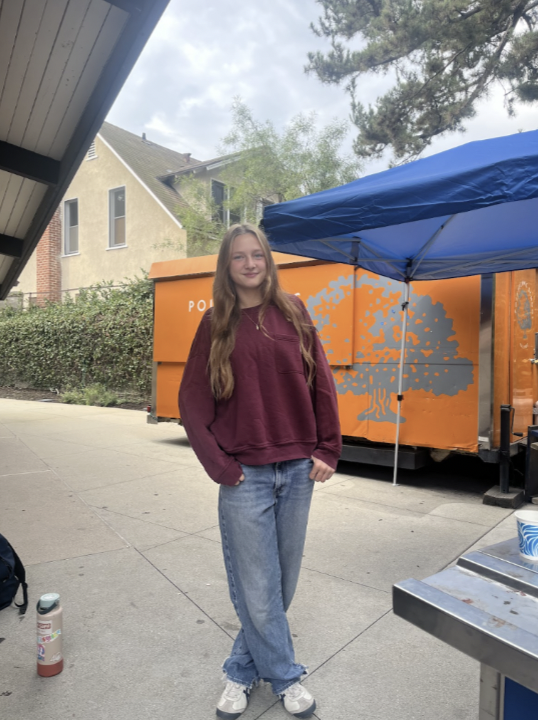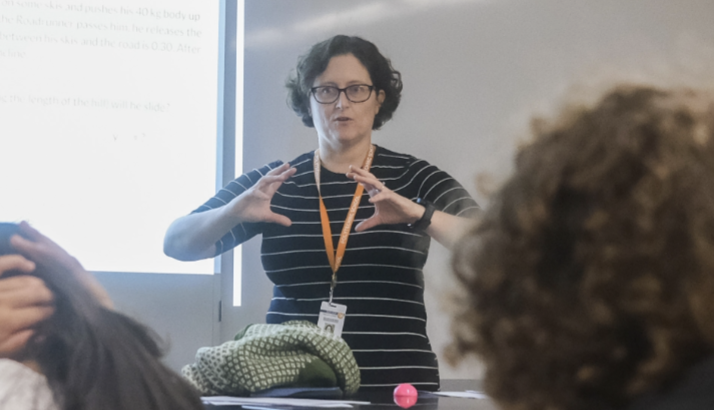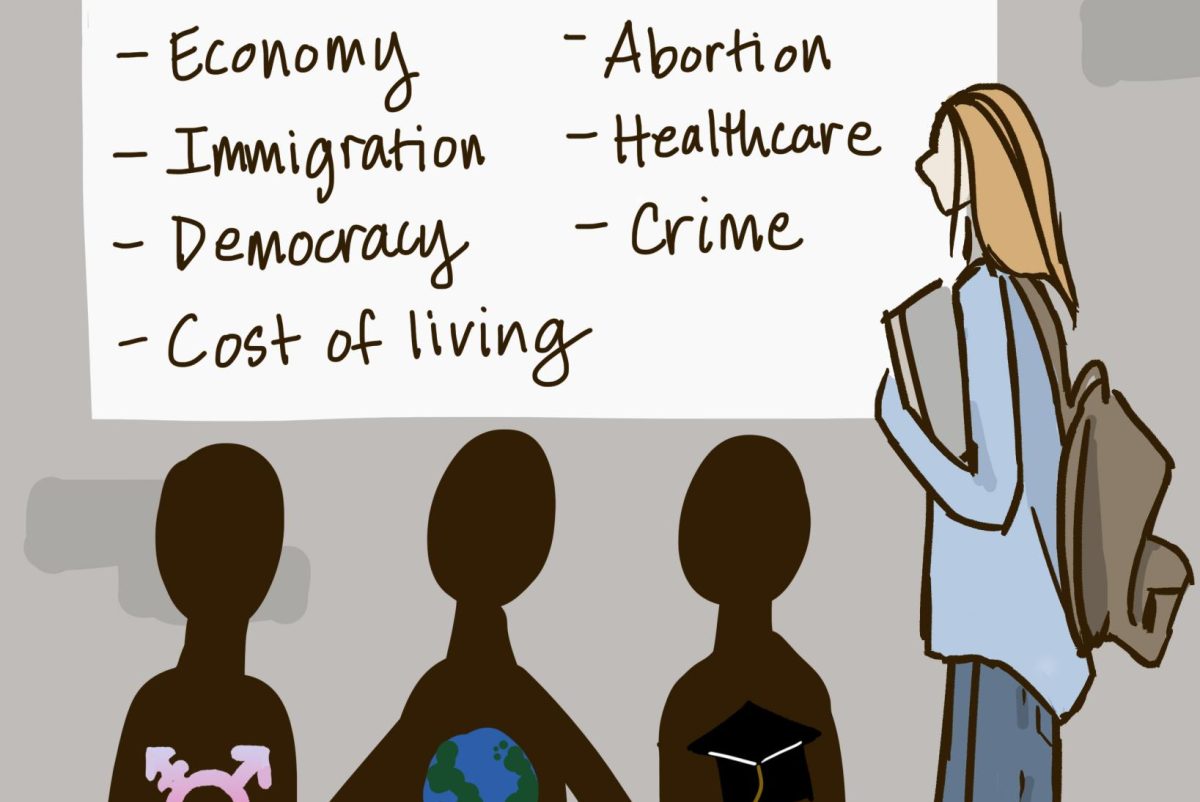In late January of this year, an elderly gunman shot and killed 11 people during a Lunar New Year celebration in Monterey Park. It’s a tragic story that many Poly students have heard before. The shooting’s proximity to our campus led many members of the Poly community, including students and faculty, to discuss the issue of gun control. In the past ten years, four mass shootings have occurred in Los Angeles (LA) County, resulting in 21 deaths, and approximately two people in LA die from mass shootings each year. Looking at overall gun violence in the county, on average, around 600 people die each year from gun homicides.
To put these deaths into perspective, the Centers for Disease Control and Prevention states that one in five deaths in the United States result from smoking. This means that in LA County, around 12,000 people die each year because of the detrimental health impacts of cigarettes. Deaths resulting from mass shootings pale in comparison to these large numbers, but no one is saying that we should ban smoking because of these deaths. Banning cigarettes would not appeal to voters. Gun control, on the other hand, is a polarizing topic that political candidates talk about in order to gain popularity among voters. It’s easier to target guns because the idea of shootings, especially mass shootings, is much more frightening than an increased risk of cancer or heart disease through smoking. In reality, though, if lawmakers wanted to simply reduce deaths, they would focus their efforts on banning cigarettes and vapes.
This exaggeration of a threat into a matter of national security is known as securitization. Securitization started the War on Terror and the War on Drugs, two conflicts that harmed more than benefited the U.S. Our government uses securitization today to support proposals that only worsen existing conflicts and lead to more deaths, such as sending troops to Ukraine. But what makes securitization such a problem? Misrepresentation and exaggeration of certain issues frequently lead to over-securitized, totalitarian states such as North Korea or China where anything from the West is considered dangerous propaganda.
In no way am I saying that we should ditch all efforts toward reducing gun deaths. We certainly shouldn’t. Yet, banning or restricting access to these weapons is not the correct way to approach the issue. In fact, it may even have a negative effect on gun violence. According to World Population Review, Texas has over twice the number of guns per capita as California because of the state’s much more relaxed gun regulation. Yet, there have been half the number of mass shootings in Texas over the past 40 years in comparison to California as reported by Statista. One of the most logical approaches we can take is the approach that our government took to address smoking and drug use over the past half-century: education on proper usage.
Various advertisements, videos and campaigns have educated almost all students in America about the damage that drugs or smoking can cause to brain development and overall health. According to the FDA, the anti-smoking campaign, “The Real Cost,” prevented more than half a million teenagers from smoking within its first two years of initiation. Almost every high school student has heard the old slogan “Just Say No,” whereas few students at Poly have ever watched a safety demonstration on how to handle a gun properly. In a country with a lack of education on guns, a country where almost four in every 100,000 children die due to firearms, incorporating gun safety education into school curricula is imperative.
This nation was founded on a set of inalienable rights for all American citizens, one of which is the right to bear arms. Our founding fathers believed that citizens of a nation should hold the power to defend themselves and their nation with firearms. Taking away or restricting these rights is a direct attack on the freedoms of the American people. By restricting these rights, we undermine the legitimacy of this nation. Education, not restrictions, saves lives.



